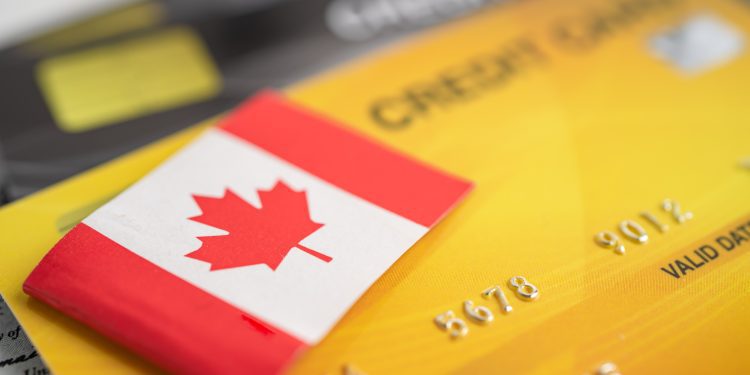The Canadian credit card market is strong, and while it is roughly ten percent of U.S. volumes, there are innovations and regulations that stand out as progressive and notable. If you’ve been in payments for a while, you might remember that the first EMV transaction in North America came from a merchant in Kitchener-Waterloo. That turned out pretty well for the U.S. market.
Two personal Canadian favorites are the Code of Conduct for the Credit industry, dating back to 2017, and a requirement in Quebec (only Quebec) to progressively raise the amount of a minimum credit card payment.
With the Code of Conduct, payment issuers and networks must be clear and concise in their pricing agreements and follow a prescribed path for any pricing changes. In the Minimum Due issue, the Province of Quebec implemented a novel change to raise the Minimum Due required for a credit card. The Office of Consumer Protection (OPC) noted that the effort was to help prevent over-indebtedness.
The minimum due issue is unique to the payments world. In the U.S., minimum payments must ensure that the account does not have negative amortization. To cover this, issuers typically require the minimum due to be between 2% and 4%. The Quebec requirement sets the minimum due at 5% for accounts booked after August 1, 2019. A nice wizard at the OPC site illustrates the difference. Pay a $1,000 debt at 2% and it will take you 26 years, with $3,001 in interest. Pay 5%, and you will extinguish the debt in 6 years and pay only $442. There is little data available yet, but Canadian credit card delinquencies have been strong, on par with the U.S.
June 30, 2022 was the trigger date for a variety of consumer protections. The Financial Consumer Agency of Canada, the CFPB equivalent, announced:
- Deal with customer complaints within 56 days. This is the first time that banks will be required by law to deal with complaints within a specific period.
- Ensure that the way they pay their employees does not interfere with the new obligation to offer and sell products and services that are appropriate for their customers.
- Send electronic alerts to their customers to help them avoid going into overdraft or spending over their credit limit, which can result in fees.
- Provide advance notice so customers can decide if they want to renew or cancel their products or services.
- Provide separate agreements for each product and service so customers understand what they are buying, how much it will cost, and how to cancel an agreement.
- Comply with broader protections against providing misleading information or using coercive sales practices.
These changes modernize six important facets, which iHeart Radio noted was 10 years in the making. The topic U.S. issuers must note is the change that accelerates a payment dispute, which contrasts with recent changes in the U.S. market. This affects the term and path for a payment dispute, which requires extensive risk management and process control. Regulations have a pattern of moving from market to market.
Overview by Brian Riley, Director, Credit Advisory Service at Mercator Advisory Group











